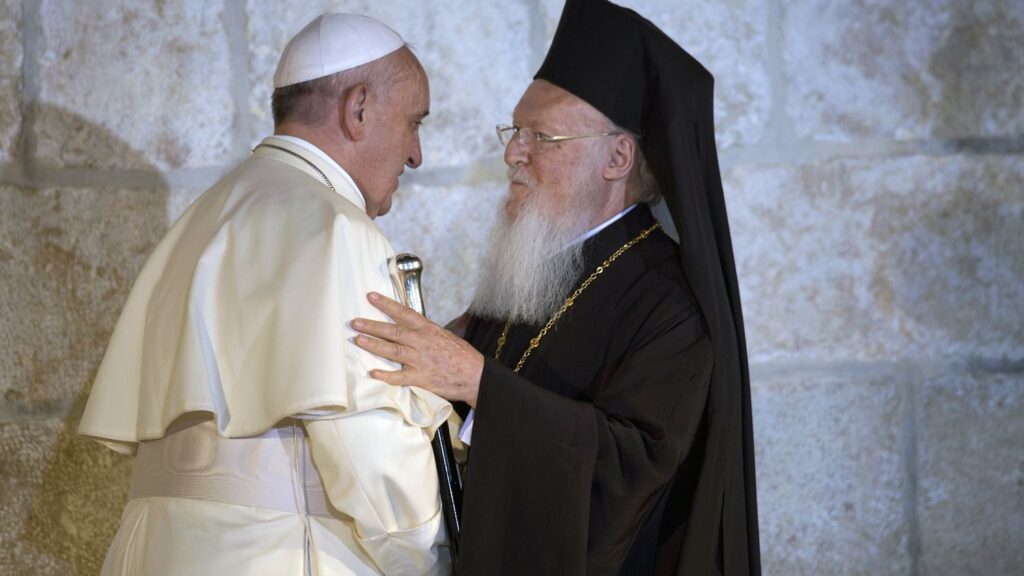Born in Spain on 11 January 347, Theodosius I was the last Roman to rule over the whole of the empire. He succeeded to the east in 379 and took on the west in 392.
In AD 325, a generation before his birth, Christianity had laid the cornerstone of the Nicene Creed:
We believe in one God, the Father Almighty… And in one Lord Jesus Christ, the Son of God… being of one substance with the Father… And in the Holy Ghost.
The creed thus dealt with the two great controversies of the day, is the Father higher than the Son, and where does the Spirit sit, by answering “No” and “Everywhere”.
But a creed is only a creed; born of “credo” or I believe, it is only a statement of belief. An “edict” is a different legal beast, born of “edictum” or a proclamation/ordinance.
Theodosius’s call on history is that the AD 380 Edict of Thessalonica made Nicene Christianity the state religion. Note the shift from “we believe” to “let us believe” and the explicit identification of one trinitarian deity:
According to the apostolic teaching and the doctrine of the Gospel, let us believe in the one deity of the Father, the Son and the Holy Spirit, in equal majesty and in a holy Trinity.
When the edict issued, Theodosius was emperor of the east; brothers Gratian and Valentinian II holding up the west. It may have been more than convenience that three emperors decided to declare that the state religion was a divine trinity.
As the edict was intended to be universal – at least for the known universe of empire, it was vital that the word “universal” by its cognate “catholic” be included. Of course and whatever the divine, the human says that as soon as an institution declares itself “catholic”, not only is schism inevitable, but each side claims its “catholic” truth. Indeed, the language of the edict accepts this:
We authorize the followers of this law to assume the title of Catholic Christians; but as for the others, since, in our judgment they are foolish madmen, we decree that they shall be branded with the ignominious name of heretics, and shall not presume to give to their conventicles the name of churches.
Three instances from Christianity where the splitter and the split each claim the universal “Catholic”.
First, the reason for the edict, the Arian schism. While the Nicene Creed of 325 and the edict of 380 ran the “Father = Son” line as a catholic and universal truth, consider one of the creeds from the Arians, the Second Smirmiam Creed of 357:
And nobody is unaware that this is catholic doctrine, that there are two Persons of the Father and the Son, and that the Father is greater, and the Son is subjected in common with all the things which the Father subjected to him…
Second, the east/west split of 1054. We in the west tend to think that the splitters had to come up with a second-best “Orthodox”; we would do well to recall that the proper name of the church was and remains “the Orthodox Catholic Church”.
Finally, the Roman/English split of the 16th century. Both churches – and for that matter the Orthodox churches – continue to use the Nicene Creed in the form modified in Constantinople in 381, their members each expressing a belief in “one holy catholic and apostolic church”.
The terms “Roman Catholic” and “Anglican” only emerged at the time of the split and are Anglican expressions; the Holy See’s website returns 5,000 plus hits for “Catholic” and 0 hits for “Roman Catholic”.
